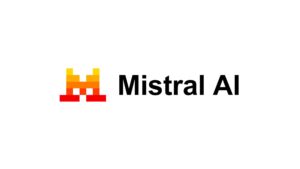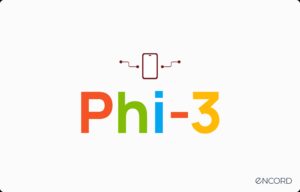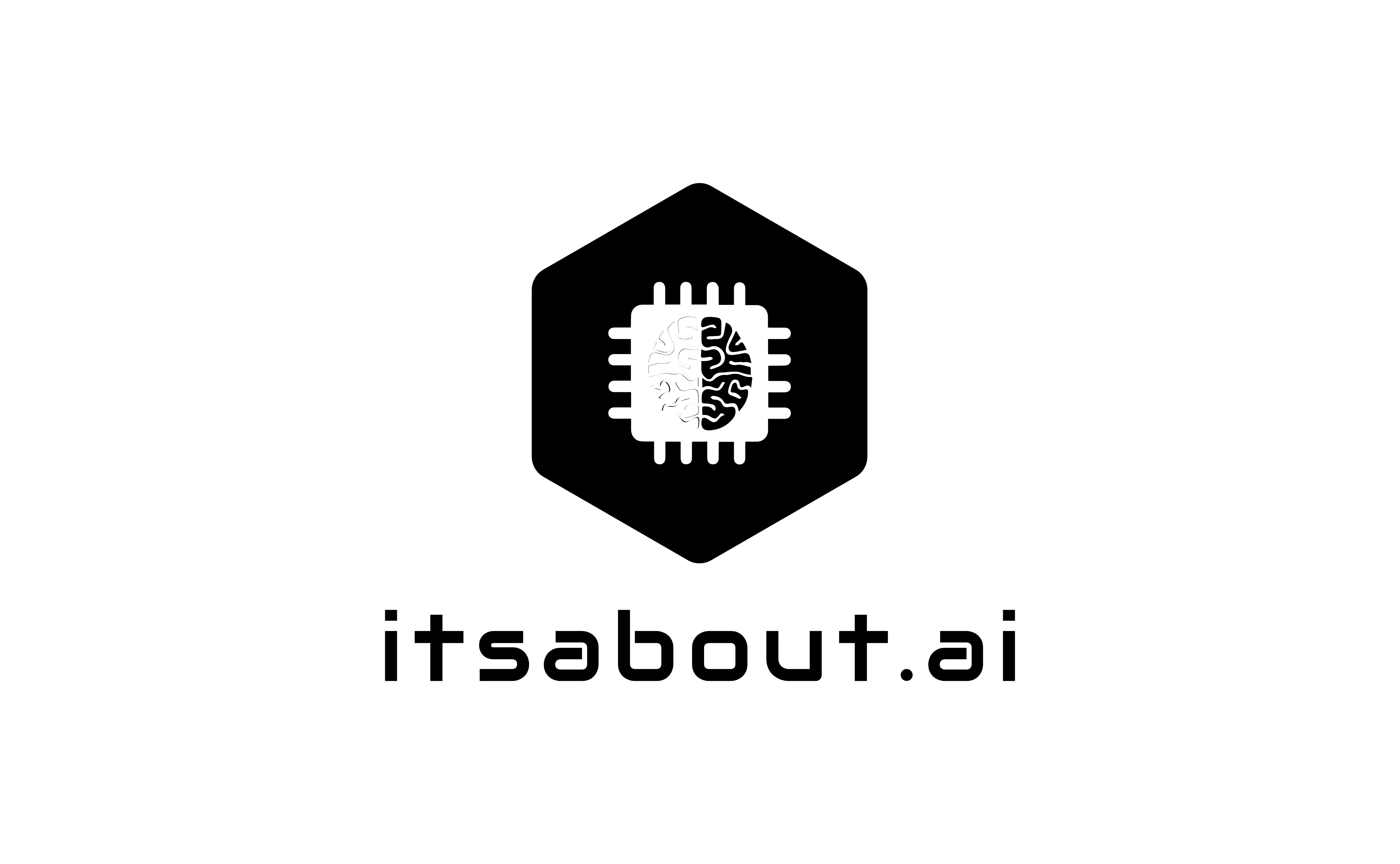The Most Popular LLMs, VLLMs, and SLMs in Enterprise AI Today

As enterprises rapidly adopt AI to improve efficiency, customer experience, and innovation, the choice of model architecture has become a critical factor. Whether it’s deploying a massive Large Language Model (LLM), an efficient Very Large Language Model (VLLM), or a compute-friendly Small Language Model (SLM), organisations are increasingly strategic about balancing performance, cost, and accuracy.
In this article, we explore the most popular LLMs, VLLMs, and SLMs used across industries today — and the reasons enterprises are choosing them.
What Are LLMs, VLLMs, and SLMs?
- LLMs (Large Language Models): Typically models with tens to hundreds of billions of parameters, offering high-quality text generation and understanding. Examples: GPT-4, Claude 3 Opus.
- VLLMs (Very Large Language Models): Models exceeding hundreds of billions of parameters or optimised architectures capable of handling extensive tasks more efficiently — often deployed via tools like vLLM inference engine.
- SLMs (Small Language Models): Lightweight models optimised for performance on local hardware, including edge devices and low-latency inferencing. Examples: Phi-3, TinyLlama, Gemma 2B.
LLMs in Enterprise: Powering Advanced Use Cases
1. OpenAI GPT-4 (via Azure/OpenAI API)
Why It’s Used:
GPT-4 is the de facto standard for enterprise-grade LLM deployment. With exceptional reasoning and multilingual capabilities, it powers copilots, document summarisation, chatbots, and generative coding.
Enterprise Use Case Examples:

- Microsoft 365 Copilot
- GitHub Copilot (via Codex/GPT-4)
- Legal summarisation and contract analysis
References:
2. Anthropic Claude 3 (Haiku, Sonnet, Opus)
Why It’s Used:
Enterprises are turning to Claude for its constitutionally aligned output, safety, and reliable RAG performance. Claude 3 Opus offers similar reasoning ability to GPT-4 and is optimised for fewer hallucinations.
Enterprise Use Case Examples:

- Document Q&A with in-house knowledge bases
- Customer service augmentation
- Healthcare summarisation
References:
⚙️ VLLMs in Enterprise: Scalable Yet Efficient
3. Meta LLaMA 3 (70B)
Why It’s Used:
Meta’s LLaMA 3 is open-weight, cost-effective, and performant. With enhanced multilingual and coding capabilities, it is increasingly fine-tuned for specific verticals like finance, legal, and security.
Enterprise Use Case Examples:

- Custom fine-tuning with RAG pipelines
- Hosted VLLM inference for internal tools
- Edge deployment using quantisation
References:
4. Mistral 7B / Mixtral 8x7B
Why It’s Used:
Mistral’s models use Mixture-of-Experts (MoE) architecture for high performance and throughput at a fraction of the compute cost. They are ideal for inferencing with low latency and high concurrency.
Enterprise Use Case Examples:

- High-throughput customer service bots
- Data processing at scale (e.g. summarisation of PDFs)
- Multi-lingual assistants
References:
5. Google Gemini 1.5 Pro / Flash
Why It’s Used:
Gemini models excel at multi-modal understanding and offer deep integration with Google Cloud tools. 1.5 Flash provides enterprise-ready latency/performance for real-time apps.
Enterprise Use Case Examples:

- CRM intelligence (with Google Workspace)
- Customer insight generation
- Retail demand forecasting
References:
⚡ SLMs in Enterprise: Local, Private and Efficient
6. Microsoft Phi-3 Family (Phi-3-mini, Phi-3-small, Phi-3-medium)
Why It’s Used:
Phi-3 models are designed to be tiny but powerful. Trained with high-quality synthetic data, Phi-3 provides enterprise-grade performance on mobile and edge devices, with strong reasoning and coding skills.
Enterprise Use Case Examples:

- Private document summarisation on-device
- Smart assistants for healthcare tablets
- Call centre agent support
References:
7. Google Gemma (2B, 7B)
Why It’s Used:
Gemma is optimised for open use, ethical safety, and edge deployments. It’s ideal for custom fine-tuning in healthcare, education, or finance sectors where regulatory requirements favour local models.
Enterprise Use Case Examples:

- Custom chatbots with medical data
- Language learning tools
- Document tagging pipelines
References:
8. TinyLlama (1.1B)
Why It’s Used:
Built for ultra-light inferencing, TinyLlama is increasingly used in embedded systems and private networks. Despite its size, it’s useful for structured prompt-response tasks.
Enterprise Use Case Examples:

- Voice assistants in automotive systems
- Embedded IoT diagnostic agents
- Offline chatbot interfaces
References:
🏁 Summary
Enterprise adoption of language models has matured into a strategic fit-for-purpose approach. The era of “just deploy GPT-4” is giving way to nuanced choices based on:
- Latency and privacy constraints (→ SLMs like Phi-3, Gemma)
- High-volume chat or RAG inferencing (→ VLLMs like LLaMA 3, Mistral/Mixtral)
- Premium reasoning and multi-modal interaction (→ LLMs like GPT-4 and Gemini)
Whether embedding a chatbot in an edge device or scaling a custom RAG stack, today’s businesses are spoiled for choice in model architectures — and that’s enabling innovation at every level.
While GPT-4 and Claude 3 lead for premium use cases, models like LLaMA 3 and Mixtral provide customisable, scalable alternatives. Meanwhile, SLMs like Phi-3 and Gemma are reshaping how AI is deployed privately and locally, without sacrificing quality.
The diversity of models available today gives enterprises the flexibility to match the right model to the right task — and in the era of AI democratisation, that’s exactly what the future demands.
